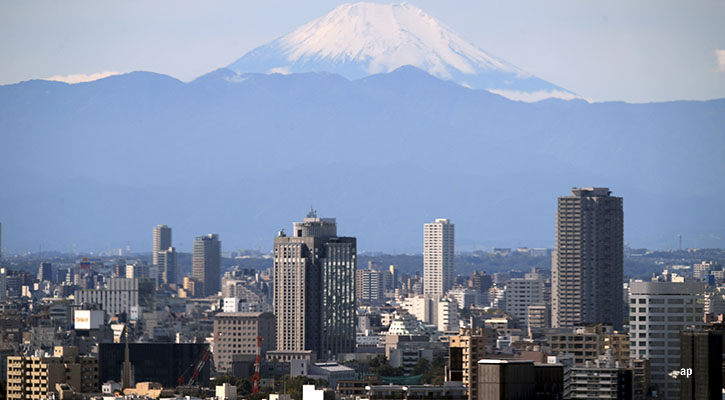The last few months have seen a near continuous diet of disappointing data and downward revisions to growth forecasts. The results tend to suggest flat GDP in the third quarter and indeed, JP Morgan have lowered their forecast to -1.0% q/q annualised from +0.8% previously.
Outlook
Third quarter GDP estimates plunged during September with most now around zero although, as noted earlier, JP Morgan is forecasting a contraction of 1% quarter on quarter annualised. Following the decline in the second quarter Japan would be back in technical recession, albeit an acceleration is expected in the last three months of the year.
Improving labour and income conditions should at least support household spending, although private business investment may grow only modestly while exports look set to remain weak. Overall, the decline in Q2 and Q3 should be temporary rather than be the start of a real as opposed to a technical recession.
Risks and Concerns
The Bank of Japan continued with its upbeat rhetoric arguing that the economy is operating at zero slack which will start passing through into stronger investment and higher wages. This will boost growth and take inflation closer to 2.0%. But, this is taking far longer than the Bank of Japan anticipated.
Wage rises need to spread to a much broader range of companies and deflation mindset reduction for both consumers and businesses and some 40% of workers are part-time or on temporary contracts.
There is a long term debt problem and the government needs not only to raise the sales tax again to 10% in 2017 but also raise other taxes to achieve a primary surplus by 2020.
The government recently announced its latest fiscal consolidation plan as well as its medium to long term fiscal outlook. The main target is a primary balance surplus by fiscal year 2020 although many commentators believe overly optimistic economic assumptions render the plan unrealistic.
The Trans-Pacific Partnership was agreed by a dozen Pacific-rim nations cutting trade barriers from cars to agricultural products. It still has to be ratified by the US Congress but is particularly important for Japan.



























